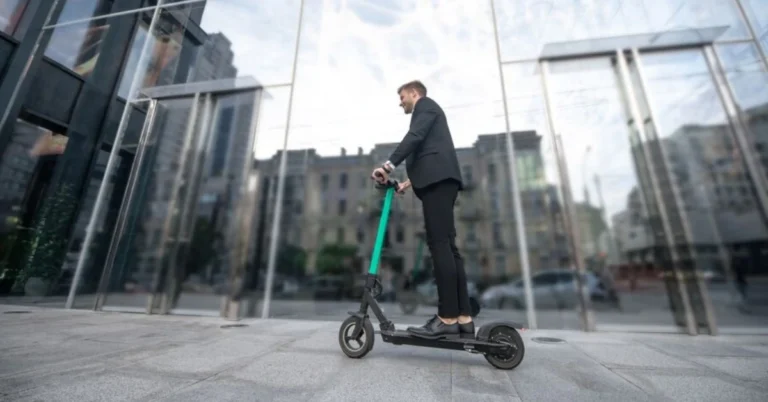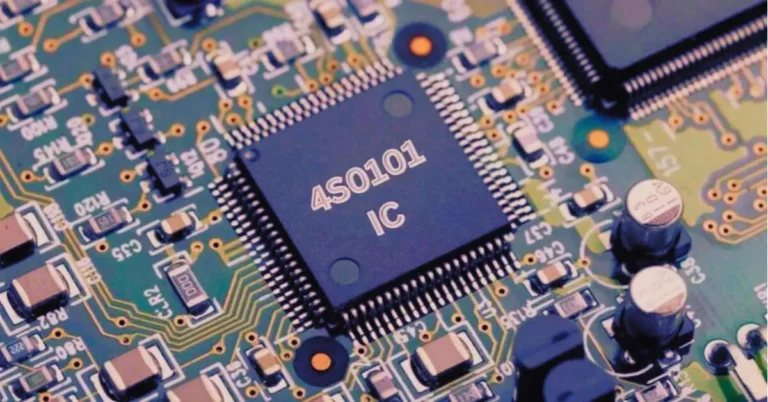Unveiling the Power of VT1000 Pitting Images: Revolutionizing Metal Integrity Inspection
In an era where industries heavily rely on metal components, the integrity of these materials is paramount. Whether in automotive, aviation, or oil and gas sectors, ensuring that metal surfaces are free from degradation is crucial. One of the most critical issues faced in these industries is pitting corrosion, a phenomenon that can lead to catastrophic failures if left unchecked. Enter the VT1000 Pitting Images tool—a state-of-the-art imaging technology designed to detect pitting at its earliest stages. In this article, we will delve deep into the workings of the VT1000, its applications across various sectors, and the importance of early detection in maintaining equipment safety and efficiency.
What is the VT1000 Pitting Images?
The VT1000 is an advanced imaging tool developed by DEKRA that specializes in detecting pitting corrosion on metal surfaces. Unlike traditional inspection methods, which may rely on visual checks or less precise techniques, the VT1000 employs high-resolution imaging technology to reveal minute details that the naked eye might miss. This capability is crucial in identifying potential defects, allowing for timely interventions before serious damage occurs.
Key Features of the VT1000
- High-Resolution Imaging: The VT1000 uses specialized cameras that capture clear and detailed images, revealing the smallest pits and surface irregularities.
- Automated Analysis: With embedded software that processes the images, the VT1000 automatically highlights areas of concern, making it easier for engineers to assess the severity of corrosion.
- Comprehensive Reporting: The tool generates detailed reports complete with annotated images, which are invaluable for maintenance teams in decision-making and planning repairs.
- Non-Invasive Inspection: The VT1000 can inspect critical components without the need for disassembly, saving time and reducing operational downtime.
How the VT1000 Works
The operational mechanics of the VT1000 can be broken down into several systematic steps:
Scanning Process
The first step involves scanning various metal components that are prone to corrosion, such as brake discs, engine parts, and pipelines. The VT1000 is particularly effective in areas exposed to corrosive environments, high temperatures, or mechanical stress.
Image Capture
During the scanning phase, high-resolution images of the scanned surfaces are captured. This step is crucial as it reveals not just the presence of pitting but also the size and location of any defects.
Image Analysis
After capturing the images, the embedded software analyzes them to detect and highlight areas of concern. This process allows for the identification of even the tiniest pits, enabling engineers to assess the extent of the corrosion and take appropriate action.
Reporting
Finally, the VT1000 generates a comprehensive report that outlines the findings. This report includes annotated images of affected areas, providing maintenance teams with all the information they need to determine the necessary steps for repairs or preventive measures.
Applications of VT1000 Pitting Images Across Industries
The versatility of the VT1000 makes it applicable in several key industries where metal corrosion poses a significant risk. Let’s explore how this technology is making waves across different sectors.
Automotive Industry
In the automotive sector, components like brake discs, engine parts, and suspension systems are often exposed to the elements, making them susceptible to pitting corrosion. Factors such as moisture, salt, and road debris can accelerate the degradation of these metal surfaces.
By utilizing the VT1000, automotive technicians can conduct regular inspections and capture high-resolution images of critical components. Early detection of pitting allows for timely repairs, thereby preventing safety hazards and extending the lifespan of vehicle parts.
Aviation Industry
Aircraft face some of the harshest environmental conditions, which can lead to metal fatigue and corrosion over time. The VT1000 provides aviation maintenance teams with a non-invasive method to inspect critical components like the fuselage, wings, and landing gear.
This capability is crucial for ensuring the safety and reliability of aircraft. By capturing high-resolution images without the need for disassembly, maintenance teams can identify early signs of pitting corrosion and address them before they compromise the aircraft’s integrity.
Oil and Gas Industry
In the oil and gas sector, corrosion in pipelines and storage tanks is a major concern. If not managed properly, pitting can lead to leaks, environmental damage, and costly repairs. The VT1000 enables operators to continuously monitor the condition of their equipment by regularly capturing images of pipelines and tanks.
The ability to detect even the smallest pits helps companies address corrosion issues before they result in significant downtime or safety hazards, making the VT1000 an invaluable asset in this industry.
Manufacturing Industry
Manufacturing environments often expose machinery and metal components to harsh conditions, including high temperatures and abrasive materials. The VT1000 assists manufacturers by providing detailed images of machinery parts, allowing for early detection of pitting corrosion.
This proactive approach helps avoid unexpected breakdowns, ensuring smooth production processes and reducing maintenance costs.
Common Causes of Pitting
Understanding the causes of pitting corrosion is essential for implementing effective preventive measures. Several factors contribute to the formation of pits on metal surfaces:
Corrosive Environments
Pitting is primarily driven by exposure to moisture and corrosive substances, such as salt and chemicals. Environments that lack adequate protection can accelerate corrosion, leading to localized damage.
High Temperatures
Components exposed to excessive heat, such as brake discs in vehicles, become more susceptible to pitting over time. Thermal stress weakens the metal, making it easier for pits to form.
Debris
Road debris, dirt, and small rocks can become lodged between vehicle parts, causing abrasion that leads to pitting and further wear. Regular inspections using the VT1000 can help identify these issues before they escalate.
Aging
Over time, metal components naturally degrade due to regular use. Aging increases vulnerability to pitting corrosion, making routine inspections essential for maintaining integrity.
Benefits of Using the VT1000
The DEKRA VT1000 offers several significant benefits, making it an essential tool for industries dealing with metal corrosion.
High-Resolution Imaging
The ability to capture clear and detailed images provides maintenance teams with valuable insights into the condition of their equipment. This clarity is crucial for identifying potential issues before they escalate.
Early Detection
By identifying corrosion at its earliest stages, the VT1000 allows for timely intervention. This proactive approach prevents more extensive damage and costly repairs, ultimately saving companies time and resources.
Accurate Analysis
The advanced software of the VT1000 ensures that even minor pits are detected, leading to a more accurate assessment of equipment health. This precision is vital for effective maintenance planning.
Comprehensive Reports
Detailed reports generated by the VT1000 aid in decision-making and maintenance planning. These reports provide clear documentation of the condition of equipment, which can be invaluable for compliance and safety audits.
Cost-Efficiency
By detecting problems early, the VT1000 helps companies avoid expensive repairs and minimizes downtime. This cost-effectiveness is particularly important in industries where equipment failure can lead to significant financial losses.
Preventive Measures Against Pitting
While the VT1000 excels at detecting pitting, industries can adopt preventive measures to reduce its occurrence:
Regular Maintenance
Adhering to strict maintenance schedules is crucial for identifying early signs of pitting. Regular inspections can catch potential issues before they escalate, ensuring that equipment remains in optimal condition.
Protective Coatings
Applying anti-corrosion coatings to metal surfaces can significantly reduce the risk of pitting. These coatings act as a barrier against moisture and other corrosive elements, prolonging the lifespan of components.
Environmental Control
Managing the operating environment can also play a key role in reducing exposure to corrosive conditions. Implementing measures like dehumidifiers or protective enclosures can help shield equipment from damaging elements.
Conclusion
The VT1000 Pitting Images technology represents a revolutionary advancement in the detection and analysis of metal corrosion. With its high-resolution imaging capabilities, automated analysis, and comprehensive reporting, the VT1000 allows industries to detect pitting early, preventing costly repairs and ensuring operational safety.
Whether in the automotive, aviation, oil and gas, or manufacturing sectors, the VT1000 stands out as an invaluable tool for maintaining the integrity and longevity of metal components. As industries continue to evolve, the adoption of advanced technologies like the VT1000 will be crucial in safeguarding equipment and enhancing operational efficiency.
In a world where metal integrity is essential, the VT1000 is not just a tool; it’s a vital partner in ensuring that industries can operate safely and effectively, even in the harshest environments.
FAQs
What is the VT1000?
The VT1000 is an advanced imaging tool designed to detect pitting corrosion on metal surfaces.
How does the VT1000 work?
It scans metal components, captures high-resolution images, analyzes them for defects, and generates detailed reports.
What industries can benefit from the VT1000?
Industries such as automotive, aviation, oil and gas, and manufacturing can all utilize the VT1000 for corrosion detection.
Why is early detection of pitting corrosion important?
Early detection allows for timely repairs, preventing costly damage and ensuring the safety and longevity of equipment.
What are some common causes of pitting corrosion?
Common causes include exposure to corrosive environments, high temperatures, debris abrasion, and natural aging of materials.







